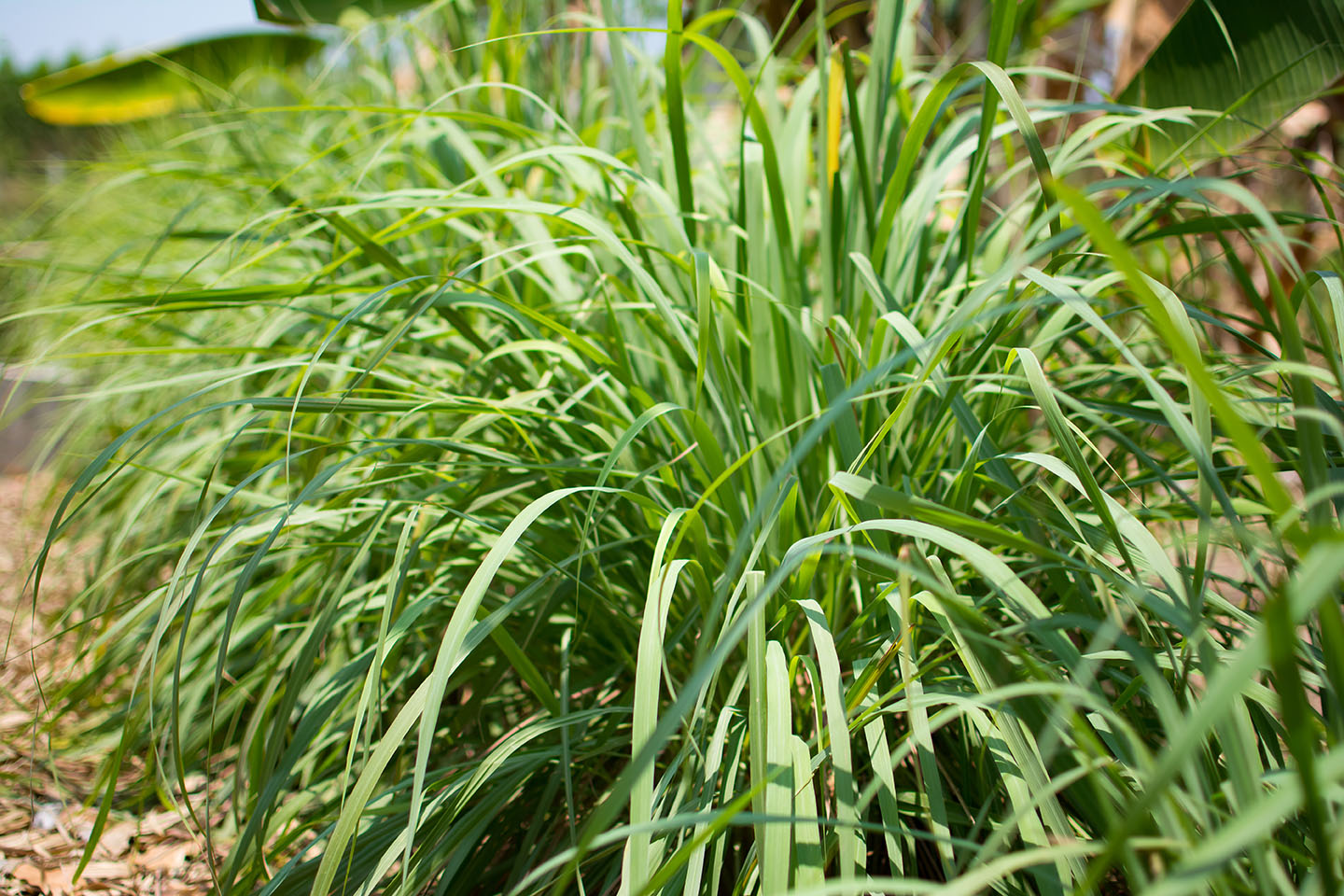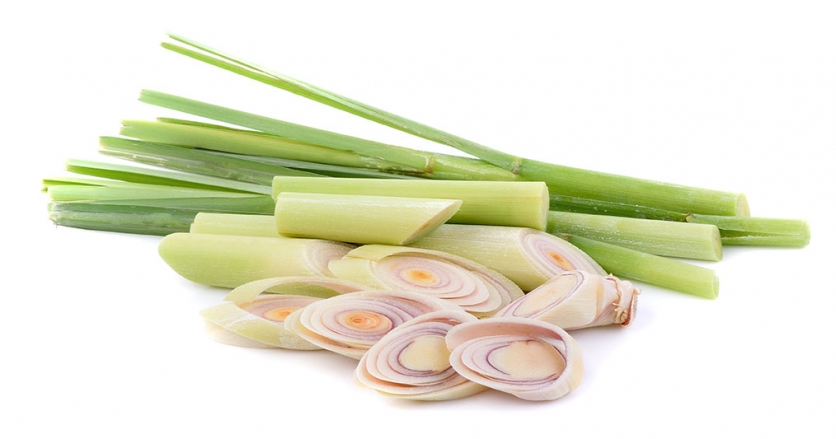Growing Lemongrass
“To the untrained eye, lemongrass looks like an ordinary overgrown clump of grass, but stroke the leaves, and its lemony essential oil fills the air,” reads the introduction to the herb in Edible: An Illustrated Guide to the World’s Food Plants (a bible at our house). Lemongrass (Cymbopogon citratus), a tropical grass native to India and South Asia, provides double duty as a visual interest in your yard and a culinary herb in the kitchen.
As lemongrass is native to tropical Asia, you should plant it in rich soil with good sun exposure. With our climate being what it is, you’ll want to treat lemongrass as an annual, replacing it every year, or if you are lucky, you may be able to overwinter it indoors. Many nurseries and garden stores carry lemongrass as part of their annual selection, so it shouldn’t be hard to find. Lemongrass can grow several feet in height and diametre in optimum growing conditions, and even though it grows from a rhizome, it tends not to spread, unlike other rhizome plants such as bamboo, ginger or hops. Growing it in pots will make the size more manageable, but it still needs space, so grab a 12-inch pot or larger.
You know what you are in for with a plant like lemongrass — the name says it all. It’s a little bit lemony, a little bit earthy. The stem and leaves are edible but tough and typically chopped and pounded into curries, soups and stir-fries, steeped in oil to use with food or as a muscle relaxant. You can also steep it as tea, which helps with digestion. Lemongrass contains citral oil, which makes it good at fending off mosquitoes, similar to citronella and other lemon-scented plants such as lemon verbena and lemon balm.
Whether you eat it, add it to your landscaping or use it to beat back the bloodsuckers, lemongrass is worth some space in your garden.
Lemongrass gin and tonic granita
Boozy and frosty, this granita is perfect served on a hot summer’s evening.
2½ cups tonic water
1 cup sugar
2 6-inch stalks of lemongrass, chopped
2/3 cup gin
In a small pot over medium heat, add 1½ cups tonic, the sugar and lemongrass. Bring the mixture to a boil and then remove from heat and let cool to room temperature. Strain the mixture into a bowl. Add the remaining tonic and gin. Mix well.
Pour the mixture into shallow freezer-proof containers (like a glass baking dish) and place into the freezer. Remove every 30 minutes and scrape with a fork. Repeat this every 30 minutes until the mixture is a frozen slushy consistency, approximately 3 to 4 hours.
Once frozen, serve in small dishes garnished with lemon or lime zest or a sprig of fresh herbs.
Lemongrass-marinaded chicken thighs
Summer strikes again with this grilled chicken recipe. You can also try this marinade with pork chops, shrimp or tofu.
8 bone-in chicken thighs
½ cup orange juice (or other citrus juice)
2 small shallots
3 gloves garlic
2 6-inch stalks lemongrass, white parts, chopped
1 tablespoon honey
¼ cup olive oil
¼ cup cilantro, stems and leaves
½ teaspoon chilies (optional)
Salt and pepper
In a blender or food processor, add all the ingredients (except the chicken). Blend until the shallots, garlic and lemongrass are in small pieces; it doesn’t need to be smooth.
Place clean chicken in a large bowl and add in the marinade. Mix together well so all of the chicken is coated. Let marinate in the refrigerator for a couple of hours (you could do this the night before for a well-marinated chicken and to save time).
Preheat your grill to medium heat.
Pull your chicken from the marinade, seasoning again with a pinch of salt and pepper, and cook 6 to 8 minutes per side, flipping the chicken once halfway through cooking, or until the internal temperature reaches 160 F.
Serve over rice or with a plate of grilled vegetables.






